Project Category: Mechanical
Join our presentation
Time: April 5th, 2022 (10:00 AM – 12:30 PM)
Meeting ID: 928 1732 9089
About our project
The primary focus of the project is to design a low-cost water filtration system that will transform surface and groundwater into potable water for impoverished communities in the Philippines. The first community in which the filter will be deployed is in the Smokey Mountain region of metropolitan Manila. Smokey Mountain, which is located just north of Manila, is a vastly spread-out area of land initially used for fishing, but as the years progressed, the region had been transitioned into a landfill. Today, the Smoky Mountain region is home to many of the slums of Metropolitan Manila, with over 2 million tons of waste. The landfill was termed ‘Smokey Mountain’ due to the constant fires and smoke created from the spontaneous ignition of the many waste products disposed of. Even though it rains quite frequently in the Philippines, water sources are susceptible to the growth of viruses and pathogens due to the humid and tropical climate of the region.
After thorough research into filtration systems by the team, a bio-sand filtration system is selected to achieve the goal of producing fresh potable water from the local surface and groundwater sources found in the region. The bio-sand filter is designed to meet the local requirements for water to be deemed potable according to Canada and the Philippines standards for drinking water. The filtration process consists of a biological layer that consumes pathogens, viruses, and other biological contaminants in the water, followed by mechanical filtration of any remaining pathogens or larger particulates.
This project was designed to be affordable to the residents around the Smokey Mountain region by meeting the following requirements:
- Initial set-up cost of less than 1000 Philippine Pesos ($25 CAD) per family. The cost includes the purchase of the materials, transportation, and the construction of the prototype. The cost can be increased proportionally to the number of families it can serve if it is designed to accommodate multiple families.
- Little to no maintenance cost once every 5 years. This filtration system will be implemented in communities that are denied access to basic needs. Therefore, low maintenance cost is essential.
- Must be able to produce 15L/day to be sufficient for the daily potable water needs of a family (3-5 people).
- Easily transported to remote communities. For instance, the materials of the filter can fit a typical boat (Bangka canoe) used in the Smokey Mountain area, which has dimensions of 11 ft long by 22 inches wide by 23 inches high.
Watch our video or join our zoom space to learn more about our project.
Meet our team members
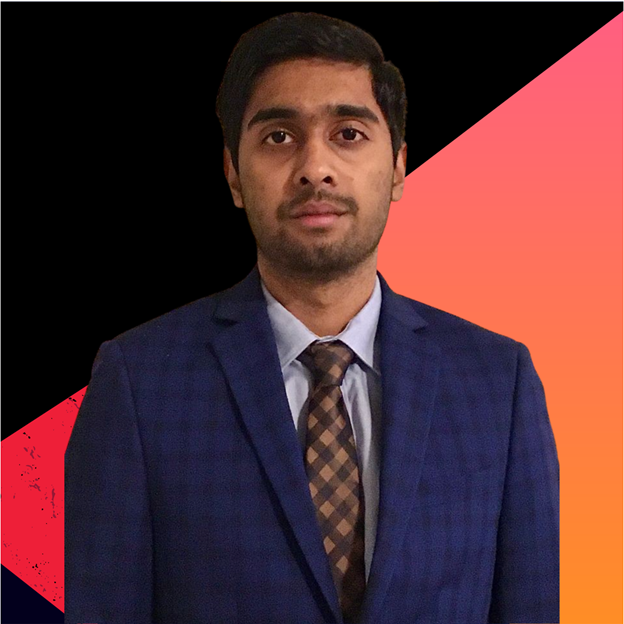

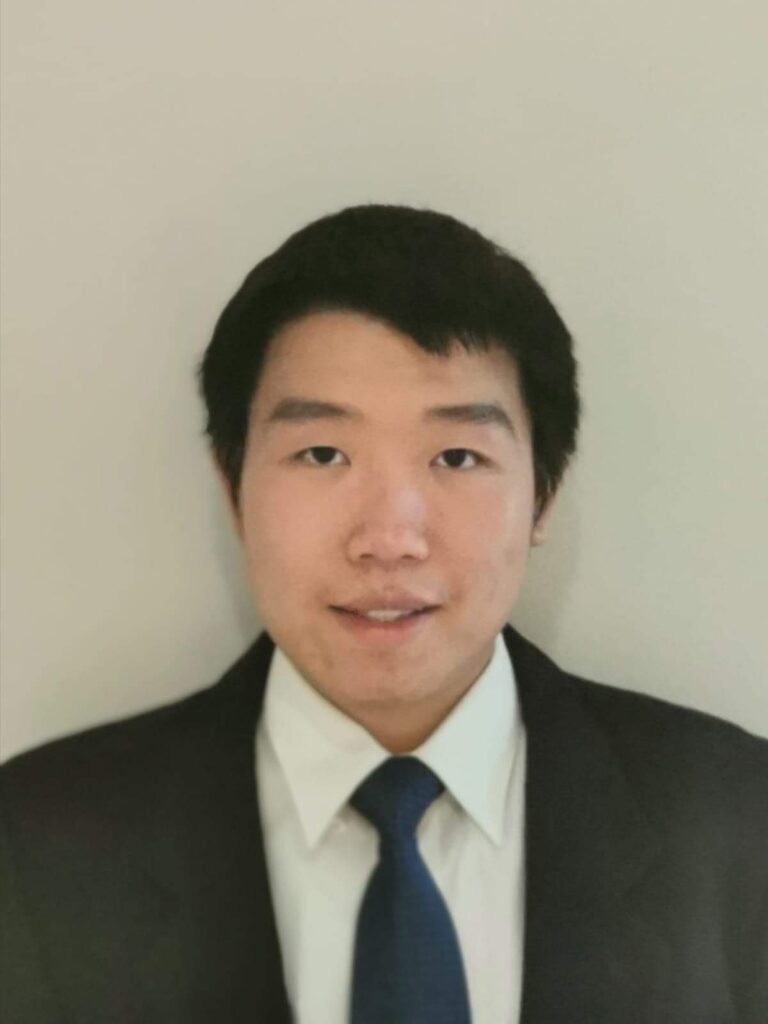
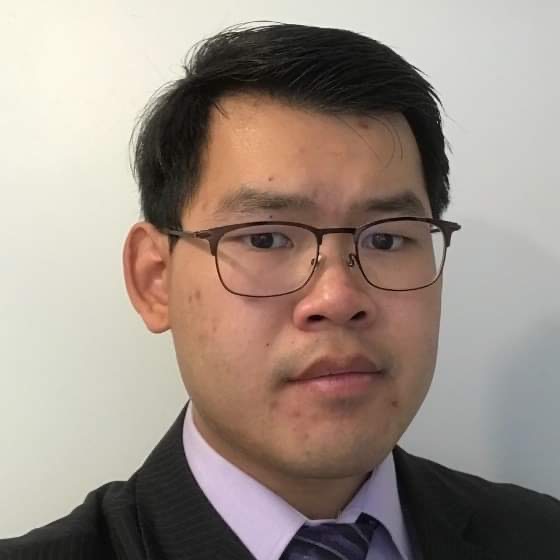
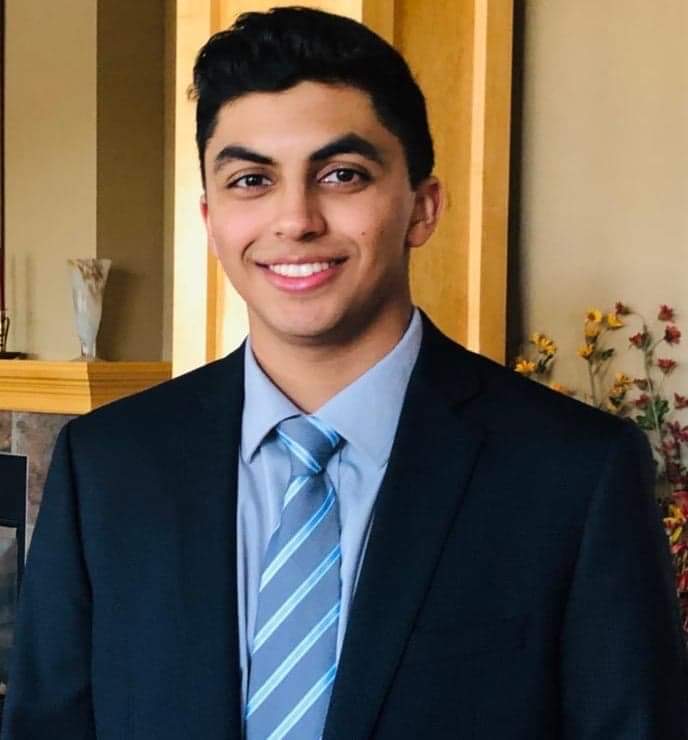
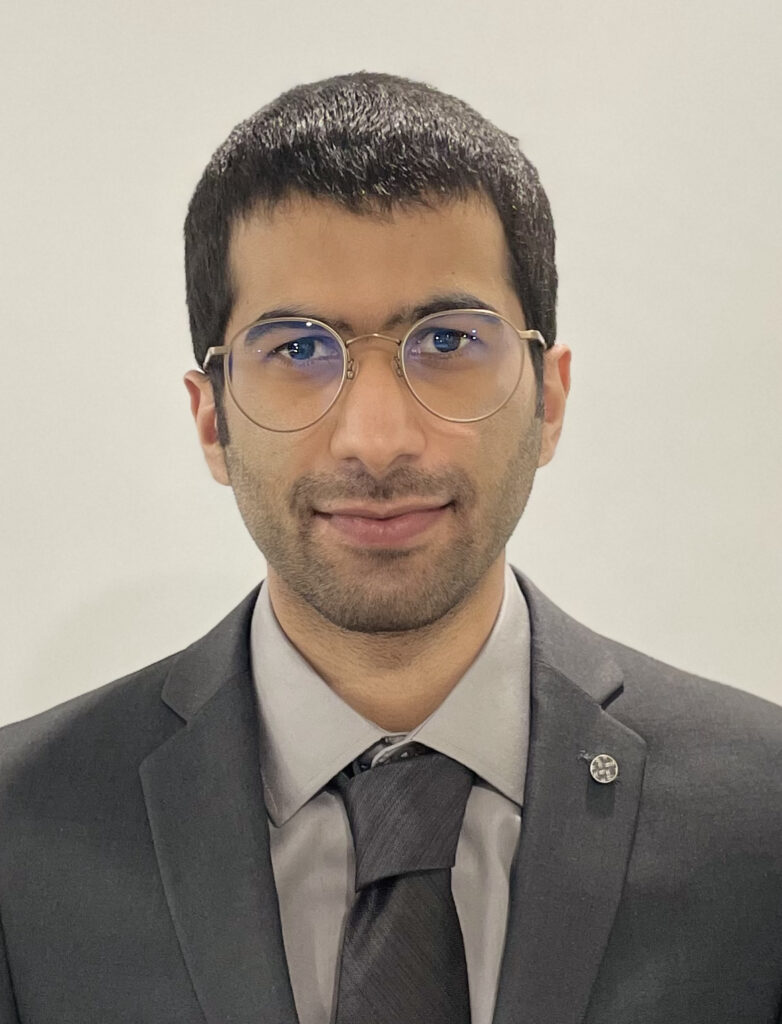
Details about our design
HOW OUR DESIGN ADDRESSES PRACTICAL ISSUES
This design addresses practical issues as it was designed to be used to supply water for remote communities in the Philippines, specifically, Smoky Mountain, where people live in poverty and suffer the following issues:
-Lack of access to clean water. The bio-sand filtration system provides fresh potable water for these people, where zero Therotolerant Coliform/E. Coli was detected from the filtered water using our design. The filter can deliver 336 Liters per day to serve 22 families in the Philippines.
-Low income. People in Smokey Mountain have less than 1$ per day as income. Therefore, our filtration system is affordable in these communities because it was designed to be constructed locally. It has no maintenance cost. Just cleaning!
-No infrastructure. It is hard to transport items from and to Smokey Mountain. The team designed the filter to be modular so it can fit a Bangka canoe, which has dimensions of 11 ft long by 22 inches wide by 23 inches high.
WHAT MAKES OUR DESIGN INNOVATIVE
What makes this device so innovative, is that a person using this bio-sand water filtration device can collect freshwater, coming from rain, pour the contaminated water into the filtration device, and the filtration device will guarantee the output to be drinkable, removing the majority of the E. coli and pathogens from the water.
What makes this device special is that it doesn’t use any mechanical devices for the filtration device to work efficiently, which means that it uses no electricity for the device to function, but uses the simplest and most common material found. This device would only need approximately 2 hours to be completely built without any prior training or special equipment, given that the components are allocated, which is quite a short amount of time for a device that would have little to no maintenance for the next 5 years of usability.
Another factor that takes part in why the device is innovative is its portability. The device components can be transported independently, and then assembled at where the user would want the device to operate. The bio-sand filter is also easy to carry, as it would require only 2 people to move the components from one area to another. The bio-sand filter can become clogged up, but the solution is pretty simple, as it would just require someone to swirl the inside of the bio-sand filter with your hand to clear the pathway of the output.
WHAT MAKES OUR DESIGN SOLUTION EFFECTIVE
The research that has been put into the water filtration device has been immense. What makes the device most effective is the engineering analysis and understanding of water flow in building the design. Because of the layered system we have designed in the bio-sand water filtration device, as well as the biolayer that grows naturally at the top of the filtration device, this helps in removing pathogens, as well as E. Coli from the water as the contaminated water goes through the levels of sand and gravel, making the output potable. The biolayer is a group of microorganisms that live on top of the sand layer, (top of the filter), that eat pathogens in the water, which makes it easier to filter the rest of the bacteria from the water as the water runs down through the filter.
HOW WE VALIDATED OUR DESIGN SOLUTION
We have validated our design solution by conducting different tests such as:
-Water Tests. We have constructed test tubes to test the effectiveness of different sand depths on the quality of the filtered water. The collected water is then tested for Therotolerant Coliform/E. Coli using the help of Dr. Dongyan Niu and Ms. Jenny Hyun. The performed tests in the lab were EC broth confirmatory test and m-Endo Agar results.
-Flow Rate Test. After running multiple tests on the bio-sand filtration device, as well as plotting the device analysis on MATLAB, we found that experimentally, the flow rate turned out to be 336L/Day. This means that this device, with the given parameters, can supply the daily needs of 22 families which exceeds our original requirement of 10 families by the cost.
FEASIBILITY OF OUR DESIGN SOLUTION
This device is very feasible as it was meant to be constructed and used in remote communities by using a barrel and layering gravel and sand together to create a water filtration system. The device would cost approximately $25 CAD per family if it were built in the Philippines. Using a website named, Shopee.ph, a website similar to amazon but local to the Philippines, which is used for purchasing materials for cheap, such as home equipment, such as sand, gravel, and more, with very little transportation cost, this $25 CAD budget would be more than enough. This makes the device very affordable to the locals of Smoky Mountain. This means that if you were to buy the components of the filtration device and construct it from scratch, it will only cost a maximum of $25 CAD, and with the $25 CAD used, we can provide potable water for a family supplying a minimum of 15L/Day, depending on the size of the device. The $25 CAD also includes the cost of labor to build the device, as well as the transportation of the bio-sand filter.
Partners and mentors
There have been many uncertainties and concerns the team had encountered over the course of the design process, but with the help of experienced faculty members and staff at the University of Calgary, as well as professionals in the industry, many of these concerns were addressed and resolved. The team would like to acknowledge the following individuals for their continuous assistance and contributions to the project:
- Dr. Simon Li, for his patience and generosity in helping with the design process and calculations
- Mr. John Salazar and Mr. Johnathan Juan from the Progressive Assistance Canada team, for their unwavering support for the project
- Dr. Dongyan Niu and Ms. Jenny Hyun, for their generosity in conducting water sample analysis for the project
- Dr. Alex Ramirez Serrano and Mr. Danny Wong, for providing valuable guidance and feedback on project management and communication
- Dr. Eranda Bartholaeuz and Dr. Edward Roberts, for their assistance in clarifying Darcy’s equation
- Dr. Masaki Hayashi and Derek Wilson, for their help in finding the properties of sand being used in the filter.

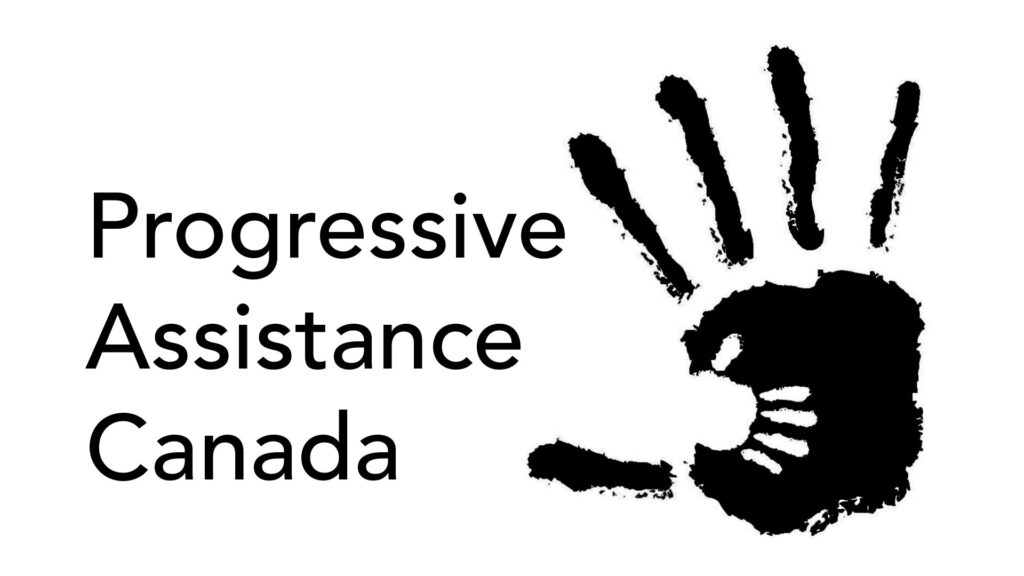
Our photo gallery
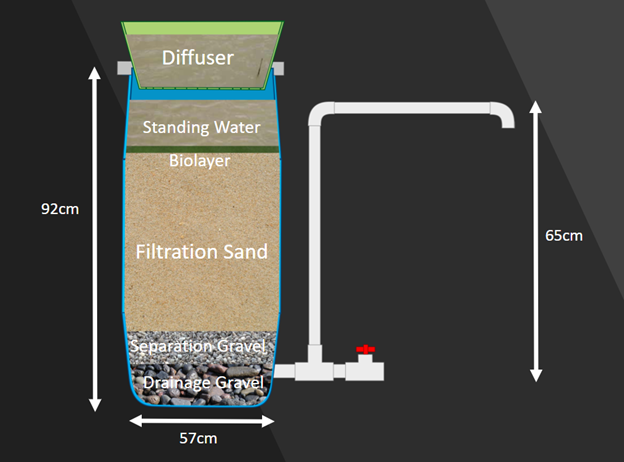
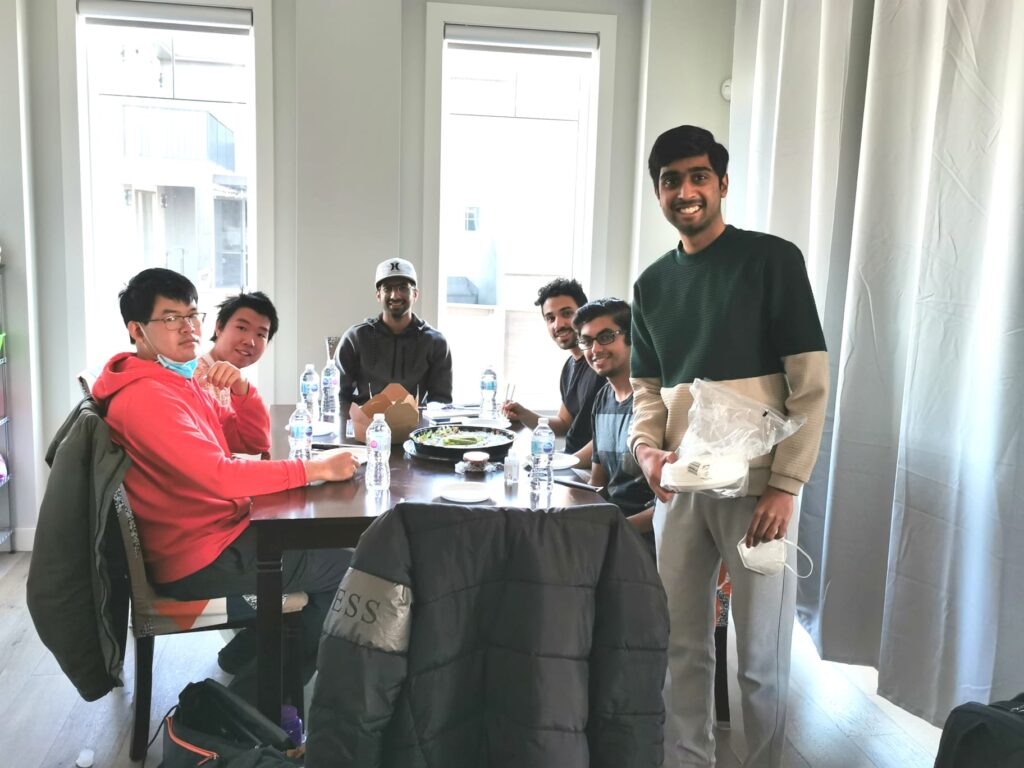
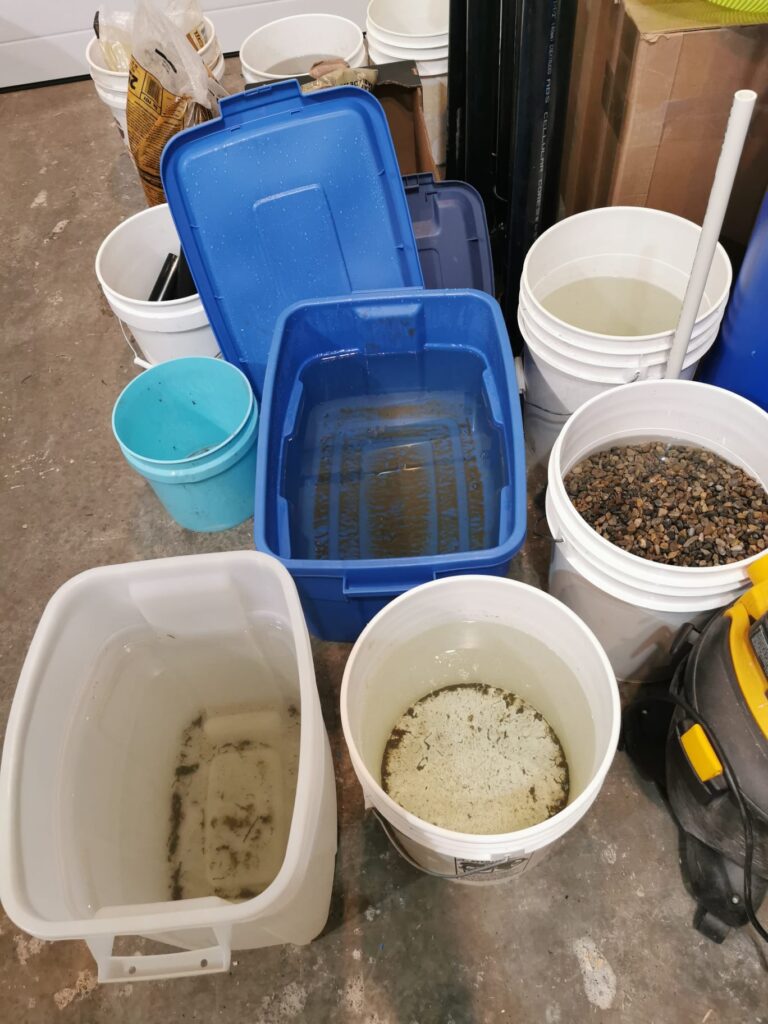
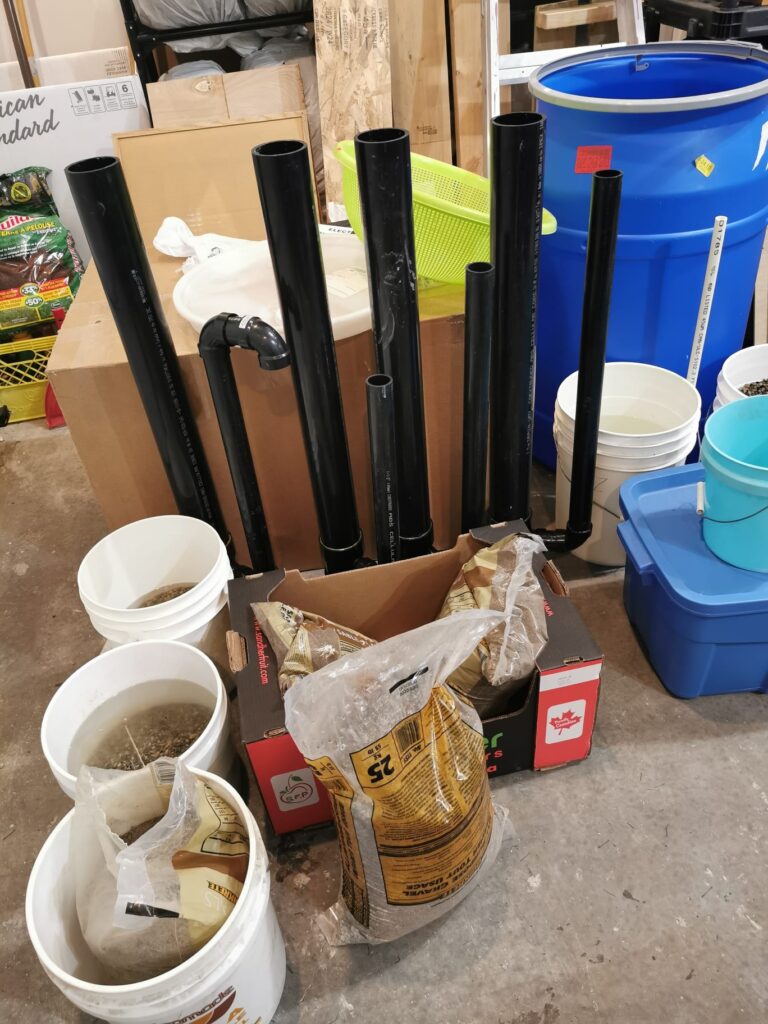
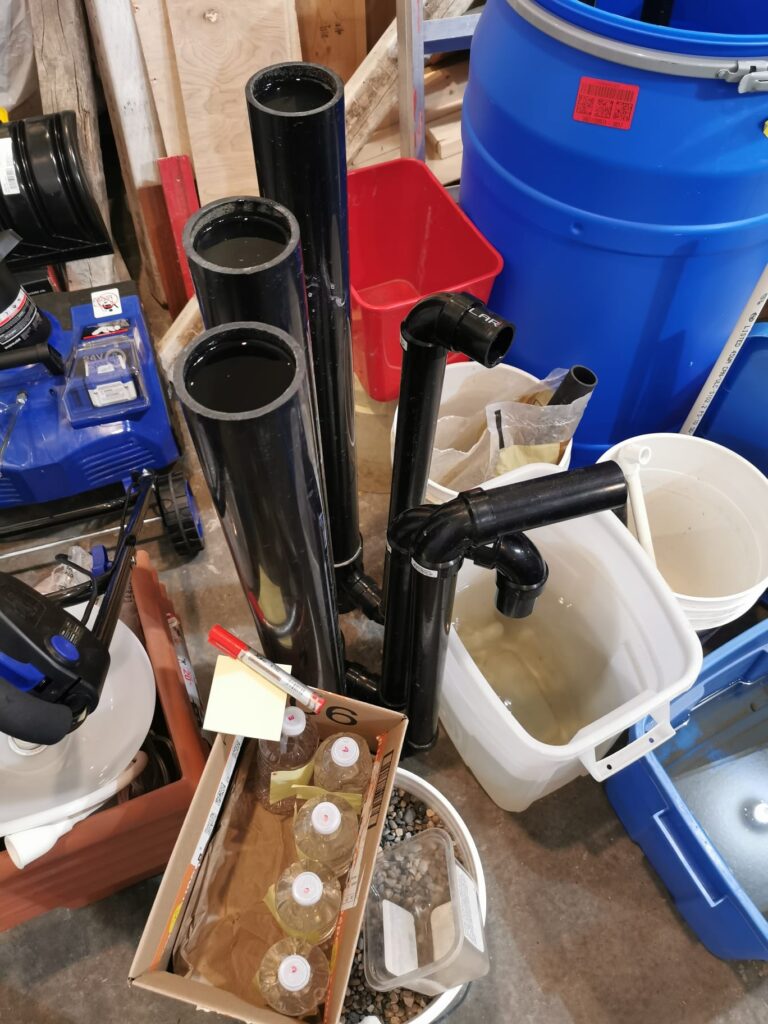
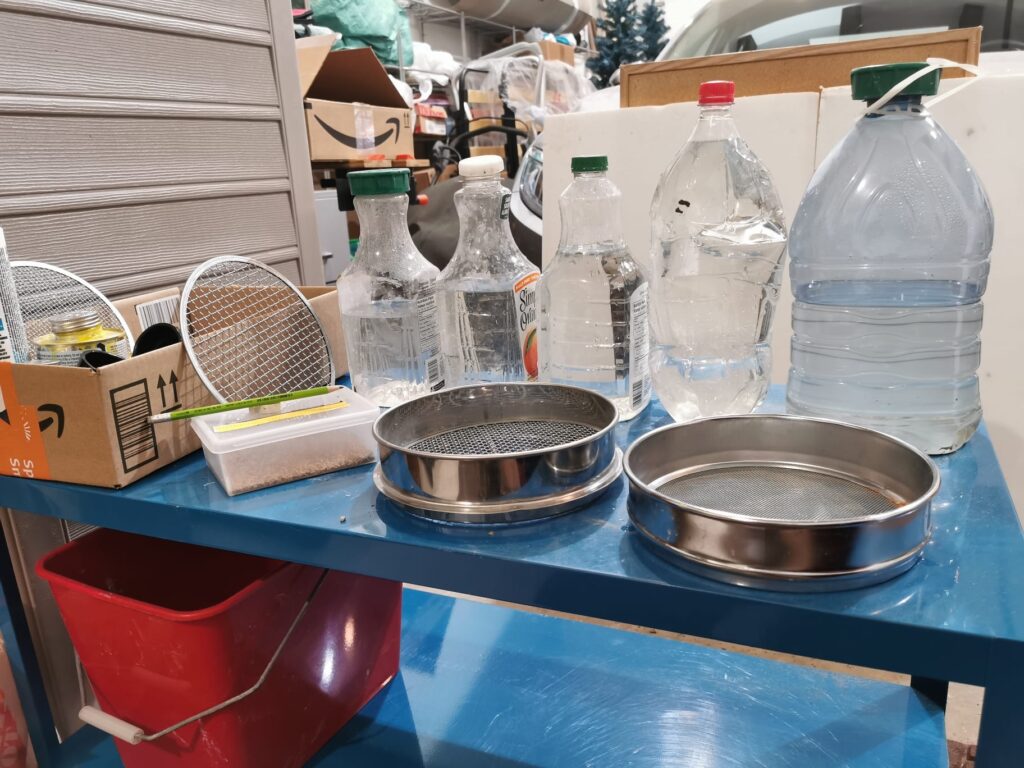
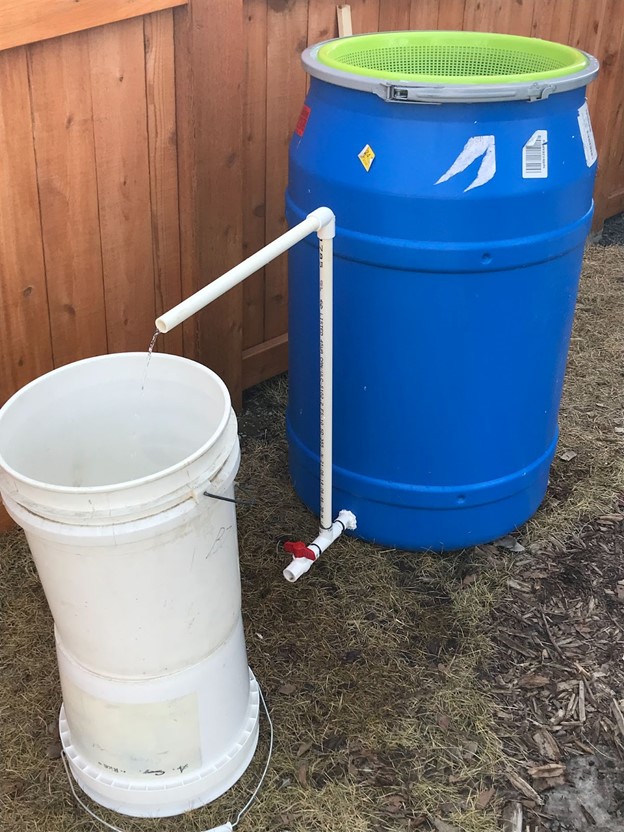
References
- Health Canada. (2019, June). Guidelines for Canadian Drinking Water Quality – Summary Table. Retrieved December 3, 2021, from https://www.canada.ca/content/dam/hc-sc/migration/hc-sc/ewh-semt/alt_formats/pdf/pubs/water-eau/sum_guide-res_recom/sum_guide-res_recom-eng.pdf
- Centre for Affordable Water and Sanitation Technology. (2012, August 14). Biosand Filter Construction Manual. Retrieved November 18, 2021, from https://washresources.cawst.org/en/resources/b6be2637/biosand-filter-construction-manual
- Department of Health. (2017, July). Coliform Bacteria in Drinking Water Supplies. New York State Home. Retrieved December 3, 2021, from https://www.health.ny.gov/environmental/water/drinking/coliform_bacteria.htm
- Test Methods for Measuring E. Coli in Wastewater. (n.d.). Wisconsin Department of Natural Resources. Retrieved November 17, 2021, from https://dnr.wi.gov/water/wsSWIMSDocument.ashx?documentSeqNo=132254684
